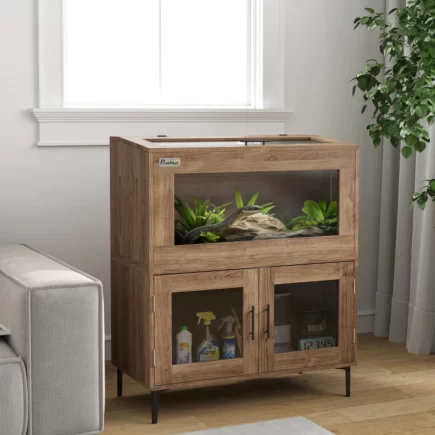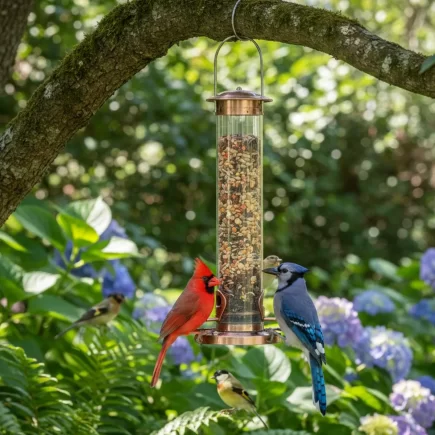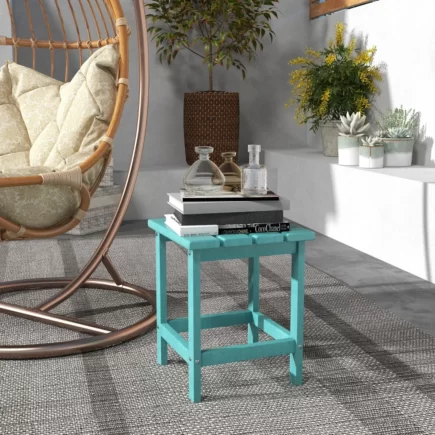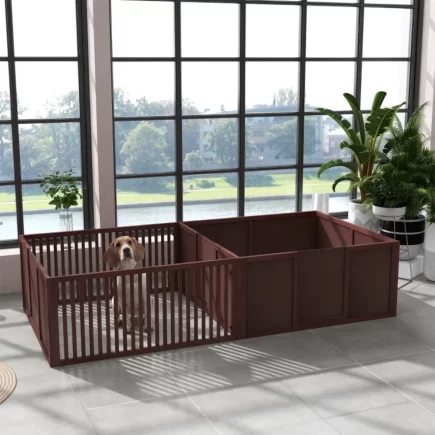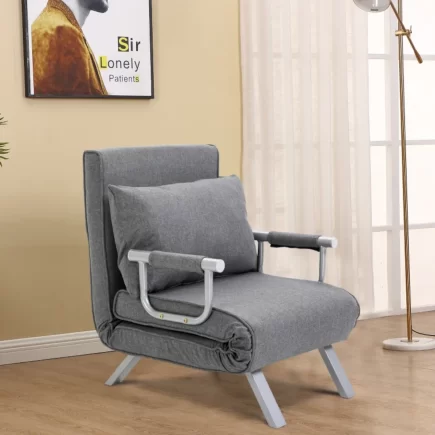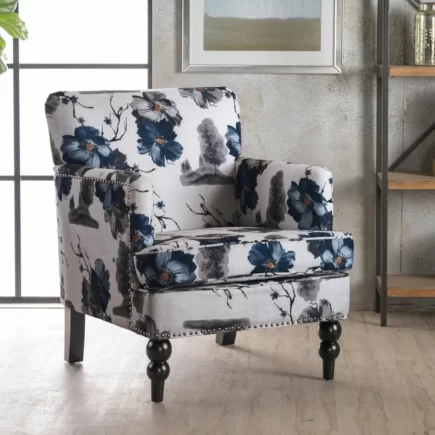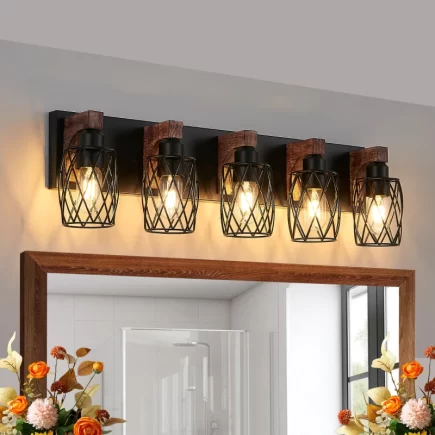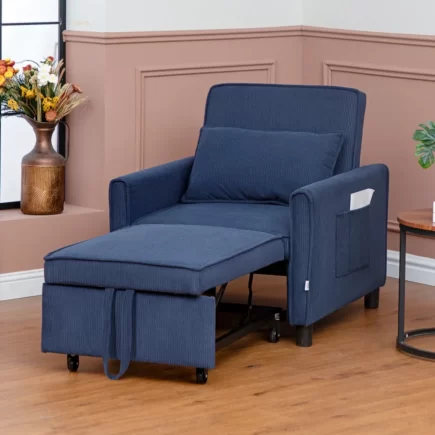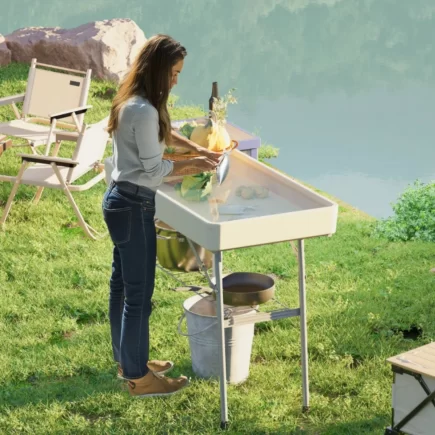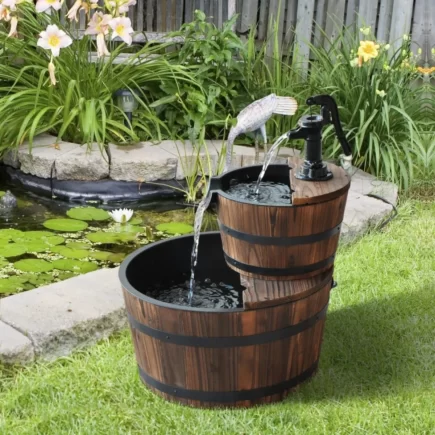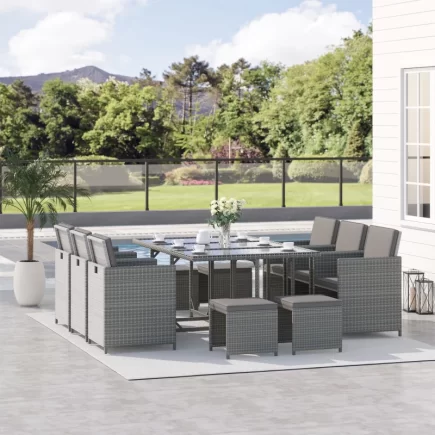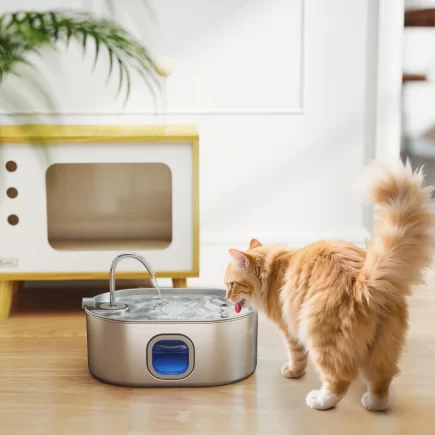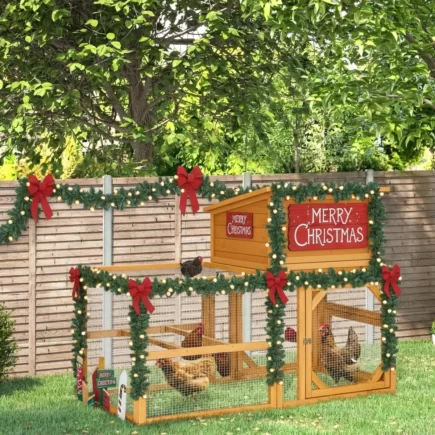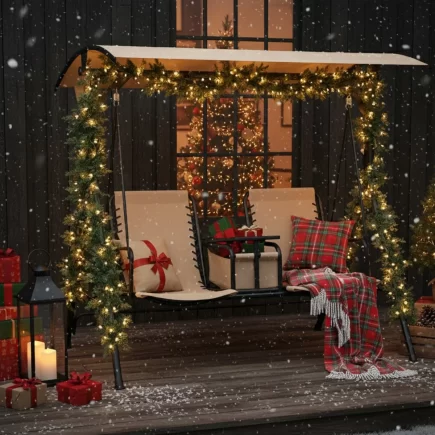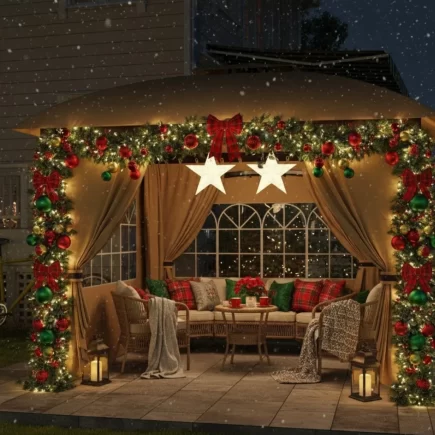A coffee table does a lot more than just hold your coffee cup. It ties your living room together, adds style, shows off your personality, and can even become a conversation piece when guests visit. With so many choices, glass or wood, round or square, simple or decorative, picking the right one can feel a bit overwhelming.

But it’s not just about finding something that fits the space. A coffee table should match your style, suit your daily routine, and bring the whole room together. It’s where clutter gathers, where decor shines, and where everything from quiet mornings to fun nights happens.
Step-by-Step Guide on Choosing a Coffee Table
Start with a Living Room Self-Audit

Before flipping through catalogues or visiting stores, take a good look at your living room. The way your space functions on a daily basis should guide your choice of coffee table. Think about how your room is used most of the time:
- Relaxing and watching TV: You’ll want a table that’s low enough for snacks, remotes, and maybe even feet (no judgment here).
- Entertaining guests: Look for a table with enough surface space to hold drinks, snacks, and maybe a decorative tray or two.
- A play area for kids: Choose something with rounded edges and a sturdy build to prevent bumps and bruises.
- Working from the couch: A lift-top coffee table or one with added storage can double as a mini desk or supply zone.
The goal isn’t to follow strict rules. It’s about finding a table that fits seamlessly into the natural flow of your space and supports your daily routine with ease. Let your actual life guide your decision.
Think About How You’ll Use It

Before diving into styles and shapes, take a moment to think about how your coffee table will actually function in your home. The way you use it every day should guide your choice.
- If you love entertaining: Choose a table with a larger surface area. It should have enough space for serving trays, drinks, snacks, and maybe even a board game or two
- If you need extra storage: Look for a table with built-in drawers or a bottom shelf. These are great for stashing away remotes, magazines, books, or extra blankets while keeping the surface clutter-free.
- If you have kids or pets: Safety and durability come first. Rounded corners help avoid injuries, and sturdy materials are easier to clean and less likely to show wear and tear.
- If you want to display decor: Go for a table with an open frame or multiple levels. This gives you plenty of room to show off your favourite coffee table books, candles, or decorative items without making it feel crowded.
Match Your Table Shape to the Room Layout
Choosing the right coffee table shape goes beyond style. It affects how easily you can move through your living room, how well the table fits into your layout, and how comfortable the room feels overall. Each shape brings its own benefits and limitations. Here’s a closer look at the most common shapes and where they work best:
Rectangular Coffee Tables

- Best for standard sofas, long couches, and wide-open spaces
- Rectangular Coffee Table provides a generous surface area and complements the horizontal lines of a typical sofa. It’s long enough to serve multiple seating spots at once, making it practical for entertaining or family movie nights.
- Make sure it doesn’t overwhelm smaller rooms. Leave enough space (around 16–18 inches) between the table and the sofa to move freely.
Round Coffee Tables

- Round Coffee Tables are best for compact living rooms, square seating arrangements, and homes with children or pets
- The curved edges make it easier to walk around and safer for little ones. Round tables naturally promote a more relaxed, casual feel and work beautifully in tighter spaces where every inch matters.
- They typically offer less surface area than rectangular options, so they may not suit larger groups or spaces where a lot of items are placed on the table.
Nesting Coffee Tables

- Nesting Coffee Tables are a great fit for nearly every interior style, from modern and minimalist to rustic or traditional.
- Their layered, space-saving design adds flexibility and visual interest. Nesting tables bring both function and style, allowing you to expand surface space when needed and tuck pieces away when not.
- Wooden nesting tables offer timeless warmth, texture, and a natural feel that grounds any room. They pair beautifully with upholstered seating and help create a cozy, balanced look.
Pick the Right Material
The material you choose for your coffee table plays a significant role in its appearance, longevity, and ease of maintenance. Some materials feel light and airy, while others add warmth or bold character. Here’s a closer look at some of the most popular options and what they bring to your living room:
Wood
Wood is a classic choice that adds warmth, texture, and timeless appeal. It works beautifully in cozy, rustic, farmhouse, or traditional spaces. There are many types of wood finishes to explore, from raw and reclaimed to polished and stained. Wood tables are incredibly versatile and can be dressed up or down depending on the style of your room.
Glass

If your space feels tight or cluttered, a glass coffee table can open it up visually. The transparency makes the room feel larger and adds a clean, modern touch. It is ideal for contemporary or minimalist settings where you want light to flow freely. However, glass surfaces need frequent cleaning and may not be the safest choice for households with young children or playful pets.
Metal

Metal coffee tables bring a sleek and durable edge to your decor. They’re often used in industrial, modern, or urban interiors. Materials like steel, iron, or aluminum offer excellent strength and hold up well over time. They’re great for adding contrast and a bit of boldness to softer surroundings.
Marble or Stone
For an elegant, high-end feel, marble or stone coffee tables are a luxurious option. They become natural focal points in the room and instantly elevate the decor. These materials are heavy, stable, and long-lasting. Great for formal or upscale living rooms, especially when paired with metallic accents or plush seating.
Visual Weight: The Secret Ingredient

When choosing a coffee table, most people think about size and shape but they often overlook visual weight. This simply means how heavy or light a piece looks in the space, and it can make or break the balance of your room. Some coffee tables stand out the moment you enter the room. Others blend in so well you barely notice them. Neither is wrong, but your choice should support the overall look and feel of your space.
- If your sofa is large, deep, and heavily cushioned, pairing it with another bulky piece can make the room feel overcrowded. In this case, a lighter table like one with a glass top, open sides, or thin legs can help open things up and create breathing room.
- On the other hand, if your sofa is sleek and slim, a delicate table might disappear too easily. A table with more visual weight, such as one made of thick wood or stone, can provide balance and act as a strong centrepiece.
A well-balanced coffee table supports the rhythm of your room, bringing everything into focus without stealing the spotlight.
Consider Durability and Maintenance
Your coffee table needs to look good, but it also needs to hold up to everyday life. Some materials age gracefully, while others may show wear and tear more quickly. Before making a final decision, think about how much care you’re willing to give and how the table will handle your daily routines. Here are a few things to keep in mind:
Cleaning Needs
- Glass looks sleek but shows fingerprints and smudges easily, so it needs frequent wiping.
- Wood may require occasional polishing to maintain its shine and prevent drying or fading.
Marble is beautiful but stains easily and often needs sealing to protect it from spills.
Durability
- Metal and hardwood are tough and long-lasting, making them ideal for high-traffic rooms.
- Soft wood and fabric-covered tables can dent, scratch, or wear out faster, especially with kids or pets around.
Climate Sensitivity
- Wood is sensitive to humidity and can expand or shrink depending on the season, which may lead to cracks or warping.
- Glass and metal stay more stable in different climates and generally require less adjustment or maintenance.
Table Size Guide
Here’s a quick overview of standard dimensions for coffee tables:
| Table Shape | Ideal Length | Ideal Height | Best For |
| Rectangular | 40–60 inches | 16–18 inches | Standard sofas and sectionals |
| Round | 30–48 inches in diameter | 16–18 inches | Small rooms or tight walkways |
| Square | 30–40 inches per side | 16–18 inches | Large, modular seating areas |
| Oval | 40–60 inches in length | 16–18 inches | Long sofas with space to move around |
Finding the Perfect Fit
A coffee table may be the last piece you add to your living room, but it’s far from an afterthought. It has to look right, feel right, and work for your everyday routine. Whether you’re sipping your morning coffee, hosting friends, or styling your favourite books and candles, the right Coffee Table ties it all together. Make your decision based on your lifestyle first, then factor in proportion, material, and style. When in doubt, always go back to basics: measure your space, choose quality materials, and select a shape that flows with your room.
FAQs
1. Can you mix different coffee table styles in an open-concept space?
Yes, mixing coffee table styles in an open-concept space works well when there’s a unifying element, such as colour, shape, or material. Keep the visual flow balanced by maintaining consistent proportions and functionality, and use rugs or accessories to create harmony across different styles.
2. What type of rug pairs well with a coffee table?
The best rug complements your coffee table’s shape and anchors the seating area. Use rectangular rugs for rectangular or square tables, and round rugs for circular ones. Ensure the rug extends beyond the table and coordinates with the room’s colour, pattern, and texture.
3. How often should a coffee table be replaced?
A quality coffee table can last 5 to 20 years, depending on materials, usage, and care. Replace it if it shows damage, feels unstable, or no longer matches your style. Hardwood lasts longer, while MDF or particleboard may wear out more quickly.
4. What safety features should you look for in a coffee table for a home with kids?
For child-safe coffee tables, look for rounded edges, sturdy construction, low height, and durable, non-breakable materials like wood or fabric. Avoid sharp corners and glass tops. Choose easy-to-clean surfaces and ensure the table stays stable during play or daily use.

